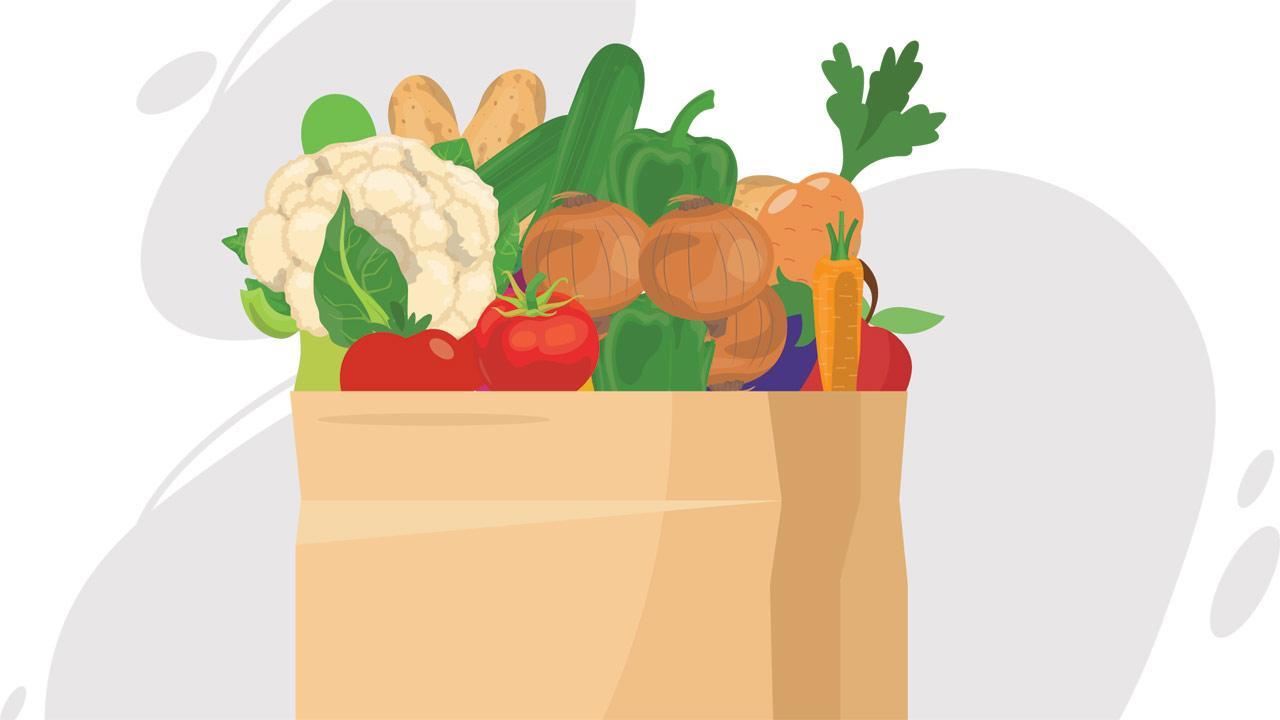With relaxations in export norms, domestic onion supply has dropped, and prices are likely to stay high until the government releases its buffer stock, say traders

Graphic/Aparna Chaudhari
Onion prices are unlikely to correct at least for another week or two, or longer, if government fails to intervene and improve supply. In the past week, the retail rate for onion has increased by 75 per cent—from Rs 40 per kg to Rs 70 per kg. It’s not just onion; prices of quite a few vegetables are fluctuating due to various factors like the festive season, lower intensity of rain and exports.
ADVERTISEMENT
Onion trade sources said the essential commodity’s price will remain high for a few more weeks till the government releases more stock. Failing that, the price surge could continue until fresh crops arrive in early to mid-November.
“Onion prices increased after the Union government removed restrictions on exports. If the government starts releasing stock from its godown, the prices will fall,” said Sanjay Pingle, president of the onion-potato markets at the Agriculture Produce Market Committee (APMC) in Vashi.
On Saturday, the average price of onion at the APMC was R4,400 per quintal. Mumbai Metropolitan Region (MMR) consumes around 1,500 tonnes of onion daily. Currently, the supply is around 1,100 to 1,200 tonnes daily. The government has a buffer stockpile of 4.7 lakh tonnes.
Every year, during and after the rainy season, onion prices get sky high. Last year was an exception, as the central government had imposed a ban on onion exports to ensure enough supply in the domestic market. But onion farmers protested over the loss of export profits and the ban was removed in May, ahead of the Lok Sabha elections.
With an eye on winning points with farmers again ahead of the upcoming assembly polls in Maharashtra, the Union government has now removed the minimum price threshold for onion exports. The resulting price rise has upset consumers.
Dahisar resident Rashmi Jadhav said, “Onions are an integral part of Indian recipes, especially for non-vegetarian dishes. As the Shravan month has come to an end, we have started cooking meat at home, but the price surge has hit us hard.”
On the other hand, Dadar resident Pradnya Dongaokar was of the opinion that a temporary onion price rise won’t impact consumers much. “Many people don’t use onion and garlic in four months [of the festive season] and there isn’t any vast difference in taste. So if the prices are high I do not buy onions in large quantities. Besides, the price of fruits, milk and even overall inflation is high so why blame only onions?” she questioned.
Onion remains a key commodity in Maharashtra politics, with Nashik, Dindori, Dhule, Ahmednagar, Nandurbar, Baramati, Beed, Latur, Maval, Shirur, Solapur, Shirdi and Osmanabad falling in the onion-growing belt. With the government failing to do enough for onion farmers here, the impact was clearly seen in the recent parliamentary polls, with ruling party candidates failing to retain or win seats there.
Some get dearer
Onions
Rs 40 - Rs 70
Potato
Rs 30- Rs 50
Gawar
Rs 80 - Rs 120
Cauliflower
Rs 80 - Rs 120
Capsicum
Rs 100 - Rs 120
Parwal
Rs 60 - Rs 100
Carrot
Rs 60- Rs 80
Cucumber
Rs 60- Rs 80
Tomato
Rs 30- Rs 60
*Rate in Rs per kg
July
September
Others get cheaper
Bhindi
Rs 100- Rs 60
Cabbage
Rs 80- Rs 60
Snake gourd
Rs 100 - Rs 60
Green chilli
Rs 200 - Rs 100
Ginger
Rs 200 - Rs 160
Lemon
Rs 160 - Rs 120
 Subscribe today by clicking the link and stay updated with the latest news!" Click here!
Subscribe today by clicking the link and stay updated with the latest news!" Click here!







